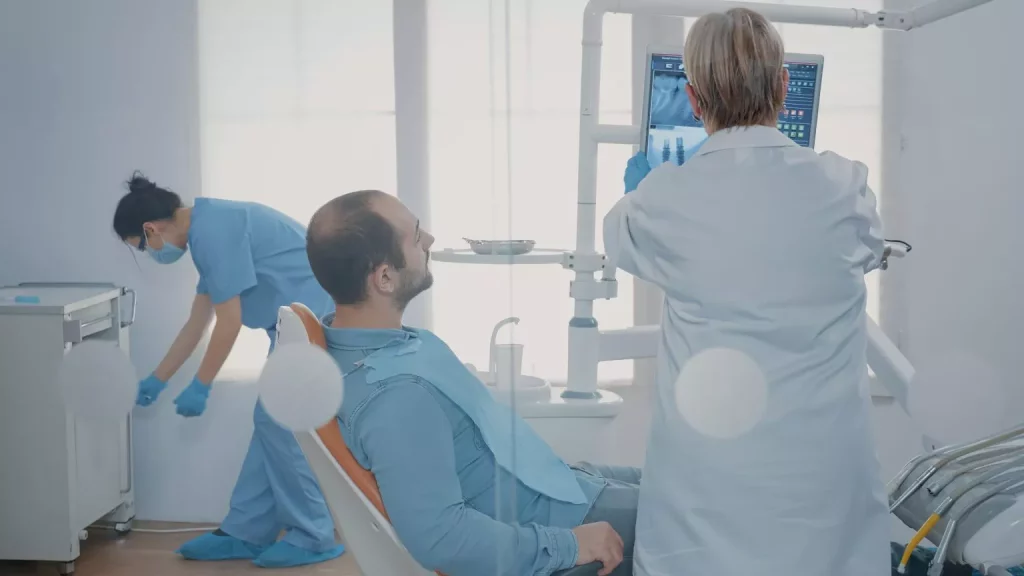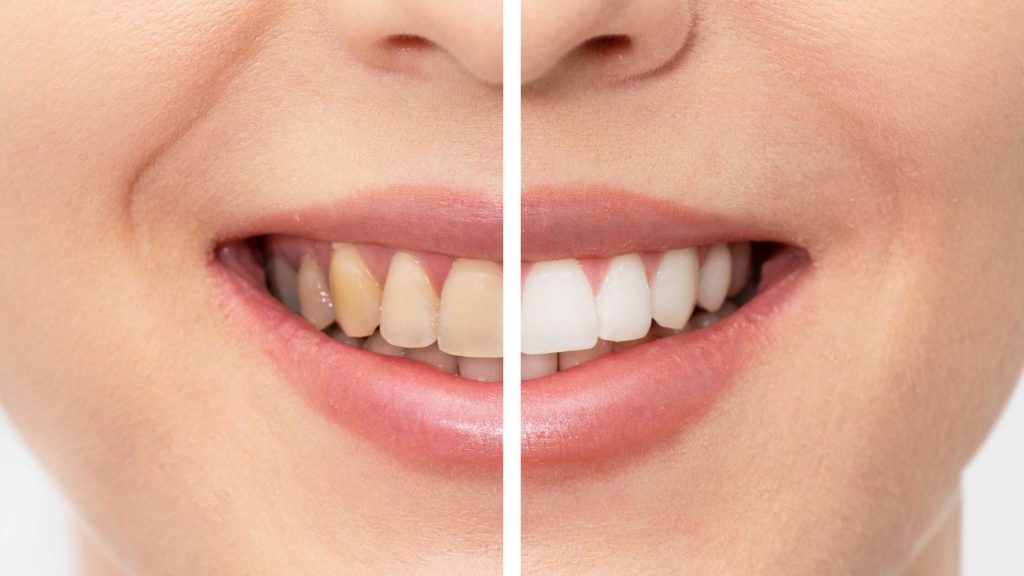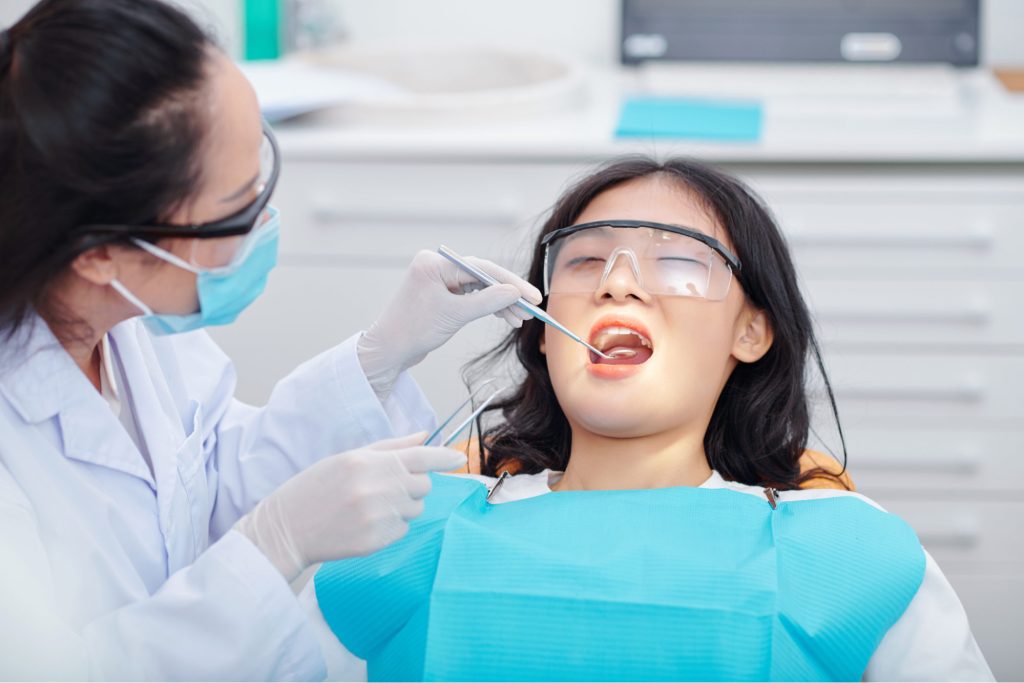WHAT IS A PORTABLE X-RAY MACHINE?
It is a crucial piece of dental equipment. It will give dentists a clear picture of the patient’s teeth, bones, and other underlying tissues, making diagnosing and planning effective treatments easier. As the name implies, portable X-ray machines are more compact and portable than standard X-ray equipment. They are ideal for use in dental offices, hospitals, and other healthcare institutions because of their portability, lightweight, and ease of use. In this blog, we will discuss the advantages and various types of portable X-ray devices in dentistry.
ADVANTAGES
- Increased Patient Comfort:
Patients may find traditional X-ray machines to be heavy and uncomfortably oversized. Portable X-ray machines are smaller and less scary. Therefore, it will lessen patients’ anxiety and discomfort. Another advantage for the patient is that this equipment exposes them to significantly less radiation.
- Enhanced Diagnosis:
For precise diagnosis and treatment planning, portable X-ray devices offer high-quality images. The teeth, bones, and other underlying structures of the patient can easily be photographed by dentists using portable X-ray equipment. By doing so, they can spot problems that might not be obvious to the naked eye, like cavities, root canals, and bone loss.
- High Efficiency:
Traditional X-ray machines are less effective than portable X-ray equipment. Dentists can visit more patients in less time because they need less time to set up and create photographs. Additionally, they take up less room, making them perfect for smaller dental offices.
- Cheaper:
Portable X-ray devices are cheaper. They require less maintenance, and because of their portability, they may be utilized in numerous settings, which eliminates the need for various devices. Operating a portable X-ray machine requires less energy, which may lead to reduced electricity costs.
- Safe and secure for the employees:
Staff members may be exposed to dangerous radiation when using conventional X-ray machines. Less radiation is emitted by portable X-ray machines, lowering the possibility of exposure. They decrease the chance of staff injuries because it requires less physical effort to operate.
TYPES OF PORTABLE X-RAY MACHINES
- Handheld X-ray Machines
One of the smallest types of portable X-ray machines is handheld X-ray machines. The operator holds them and is about the size of a camera. They are also simple to move, which makes them perfect for taking pictures in difficult-to-reach places or areas.
- Cart-Based X-ray Machines
For use in dental offices and hospitals, cart-based X-ray machines are ideal. They can create images of a higher caliber and are more powerful than portable X-ray devices. For ease of travel, cart-based X-ray machines are mounted on a cart and are marginally larger than handheld X-ray equipment.
- Wall-Mounted X-ray Machines
The most prevalent X-ray machine in dental clinics is a wall-mounted X-ray machine. They must be connected to a computer or other digital imaging system and have access to electricity. The best images can be created with wall-mounted X-ray equipment since they are more powerful than handheld and cart-based models.
CONCLUSION
To summarize, a portable X-ray machine has transformed the field of dentistry by offering a quick and practical approach to taking high-quality dental images. These portable and simple-to-use devices allow dentists to take X-rays at the point of care without requiring patients to travel to a separate imaging facility. Mobile X-ray equipment has enhanced patient care by speeding up X-ray acquisition, increasing diagnostic precision, and lowering radiation exposure. They have also made it possible for dentists to treat patients in isolated or underdeveloped areas, improving access to dental treatments for groups that might otherwise struggle to get adequate dental care.





